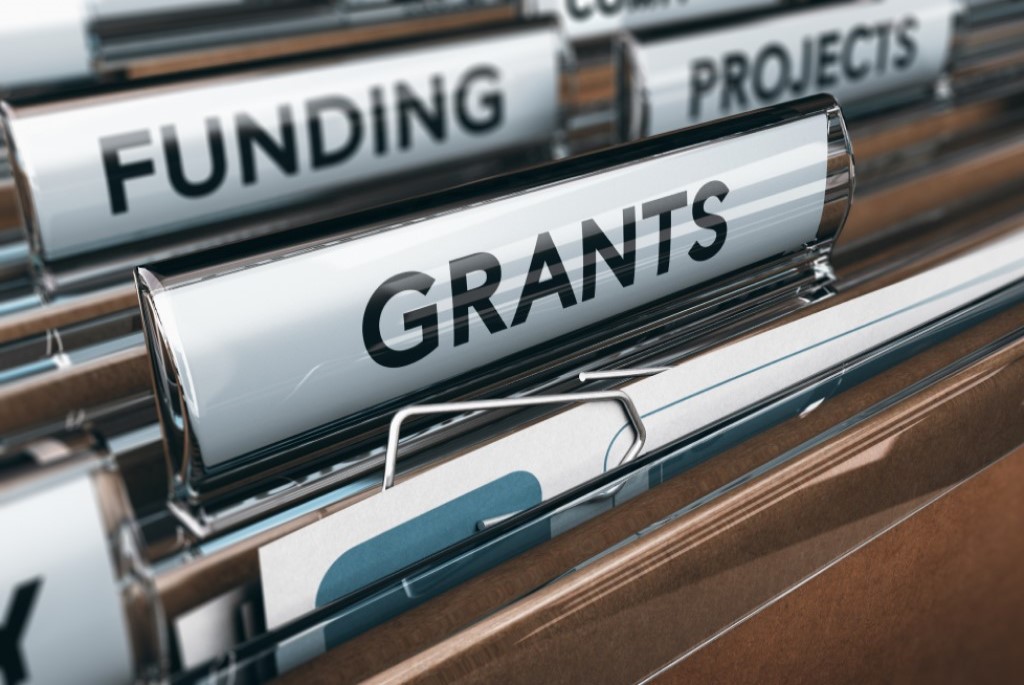Effective May 21, 2023, P&N has joined EisnerAmper. Read the full announcement here.
.jpg)
Getting money in to the hands of those that need it is more important than ever before. In addition to the pandemic, natural disasters have exacerbated the stress our communities are feeling and the need to disburse critical funding essential to recovery and rebuilding. Organizations, including local governmental units, should consider three key areas for successful financial management and fund disbursement: appropriate staffing, proper planning and documentation, and efficient processing of disbursements.
Appropriate staffing
Local and state governments that receive significant pandemic or disaster related federal funds may experience compounded administrative burdens. Additionally, the capacity for public employees to respond to the urgent needs of their community may be strained. Financial management responsibilities will range from processing disbursements, managing new contracts, planning investments, creating program guidelines, and reviewing applications, to managing documentation and complex reporting requirements. As a best practice, entities should review staffing levels to confirm that sufficient, qualified staff are allocated to these disbursement projects. Insufficient staffing may impede efforts to disburse funding efficiently inhibiting the efforts to rebuild, and to provide appropriate oversight.
For financial management and funds disbursement, organizations should asses the staff responsible for these functions for the following skills:
- Experience in large scale federally-funded programs;
- Formal education, experience, or training in accounting, internal audit, and disbursements;
- Adaptability to fast-moving, frequently-changing processes and guidance;
- Ability to produce a quality end product while focusing on improvements to processes; and
- Innovative technology experience and the skills to leverage those tools.
Proper planning and documentation
Organizations managing these funds can leverage lessons learned and best practices from others to identify program strategies that provide assurances to accelerate implementation, more efficiently deliver benefits, enhance integrity and transparency, and improve access to programs—particularly for vulnerable and harder-to-reach populations. Key considerations for planning and documentation of fund disbursements include:
- Balancing proper documentation requirements to prevent and deter fraud, waste, and abuse with avoiding an overly-burdensome applicant experience or requesting documentation that is not required by the program;
- Developing clear program guidelines from the outset, including preferred methods of funds disbursement (e.g. check, electronic payment options);
- Maintaining complete and accurate data, including required payment documentation, confirmation of payment, and copies of canceled checks;
- Establishing clear program guidelines and eligibility requirements, including award calculations and program caps; and
- Creating proper internal policies and procedures.
It's important to establish a system and workflow conducive to approving and making payments in large volumes.
Efficient disbursements
The efficient disbursement of funds to the entities or individuals in need includes disbursing payments both timely and within compliance guidelines. It is imperative to get funds in the hands of those affected by a disaster as quickly as possible, while abiding by the guidelines of the governing entity. Thus, it is important to establish a system and workflow conducive to approving and making payments in large volumes. Such efficiencies may include:
- Collecting and maintaining appropriate documentation from applicants that includes all necessary and required information for proper disbursement (e.g. W9, valid Tax Identification Number);
- Developing processes to expedite disbursements, such as standardized templates for checks and check stubs, imports for payment processing, and automated reporting;
- Utilizing software tools that provide for approval workflows, audit trails, payment tracking, and reporting; and
- Performing frequent reconciliations or balancing to ensure proper accounting of funds.
Organizations have the option to train existing staff on new responsibilities or to partner with consultants to support effective management of the program. P&N professionals have decades of experience in navigating the complexities of federal funding and large-scale fund disbursements. We are committed to helping our clients understand, innovate response efforts, and leverage the tools and processes needed to efficiently work within compliance guidelines to get relief funds into the hands of those that need it most. Please contact us or connect with your P&N advisor to discuss your organization’s questions, concerns, and unique situation.




